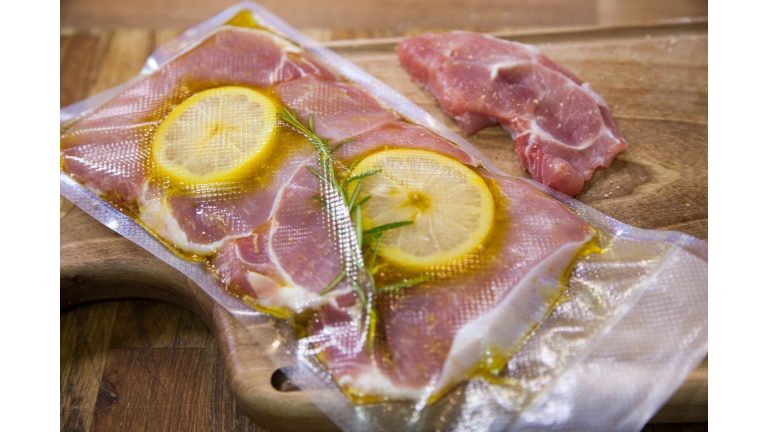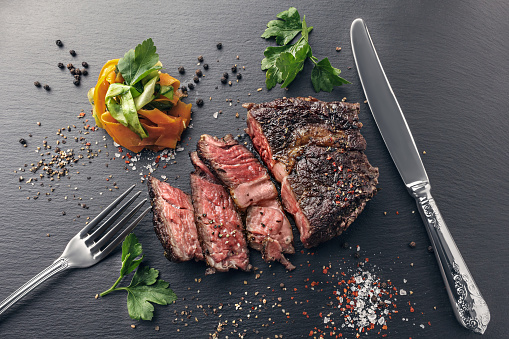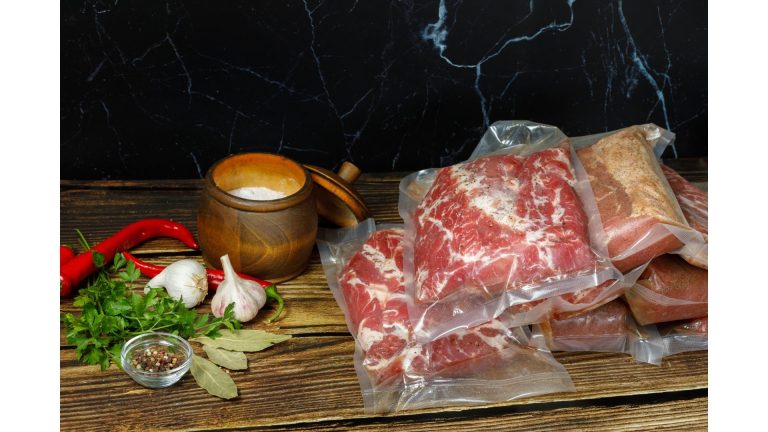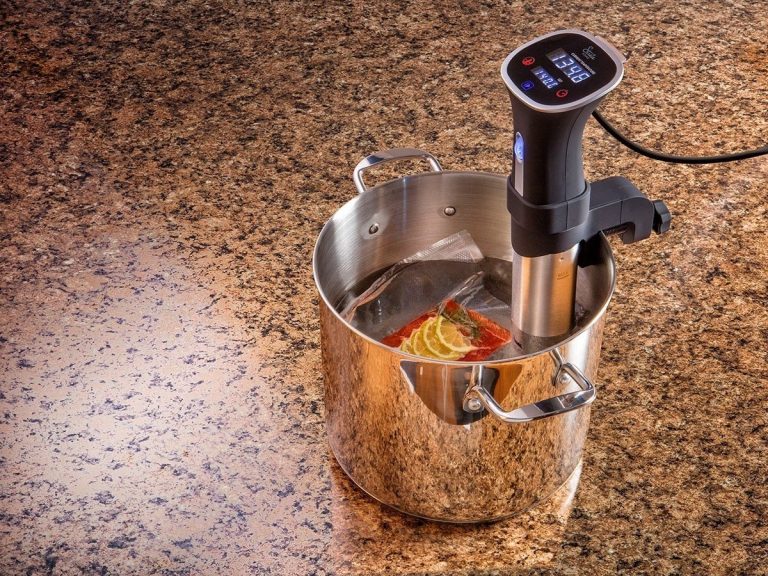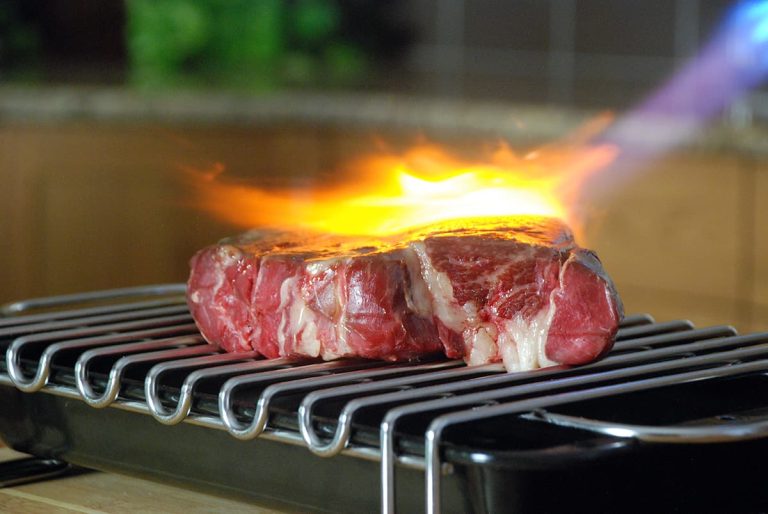Do Sous Vide Meat Need to Rest Before Serving?
Foods may be cooked using the sous vide method, which can be used for any type of dish. Even yet, it is arguably best known for its use in the preparation of steak.
When you cook meat in sous vide cooker, it retains its moistness and flavor for a long time.
One of the primary reasons sous vide is so popular is because it uniformly cooks the meat from the exterior to the middle, which is very important when cooking steaks.
While grilling steak, the heat is first applied outside and then gradually spreads inside, much as when you cook it in a skillet or a grill.
As a result, resting the steak is the most important stage in grilling steak because the heat goes to the centre, allowing the meat to cook thoroughly. When cooking with sous vide method, does the meat need to rest?
Yes. Best practices call for letting the meat rest. proteins begin to break down and alter when meat is cooked to a safe temperature, such as 160F (71C). After cooking, let the meat rest for an hour before serving.
Table of Contents
Should You Rest A Sous Vide Meat?
There are several methods of cooking sous vide meat, and each has its own advantages and disadvantages. What’s the best course of action?
Some people believe that you should leave your meat in the bag for a while so that all of the residual fluid may be drained from the bag. However, not everyone shares this viewpoint. According to this theory, the temperature in your luggage is insufficient to cause this.
It’s the truth of the matter. Let the steak rest before serving if you’re making it the old-fashioned method. At least five minutes should pass before you begin to consume the meat on your dish. How come we even let flesh to rest?
When the steak’s temperature varies widely from portion to part. The center of the meat is still chilly, while the surrounding layers are heated.
As the meat rests, these temperatures will gradually balance out. The moisture will not be lost during the cutting process.
As a general rule, you should rest your meat after sous vide cooking if you don’t have the proper equipment.
As a result, the faster-cooking center of the steak is overdone, leaving the rawer margins of the steak inedible.
Only the exterior edges of the steak will be hotter than the interior after it has been seared on the grill.
When Should You Sear Steak After Sous Vide?
Allow the meat to rest for a while before cooking it. Once the meat has been dried, season it with salt and pepper and let it to cool. That will bring the temperature down to a more comfortable level.
The sous chef’s sear only affects the steak’s outer edges. However, some chefs don’t think it’s necessary, yet it may give the meat a more appealing texture
Both a grill and a stovetop can be used to finish the steak. A cast-iron skillet should be preheated for the best results. The steak should be seared on both sides for 30 seconds after the oil has been added to the pan. The ideal time for searing is 90 seconds. Make careful to sear the edges for a few seconds in order to get the best results.
Are There Different Resting Times for Sous Vide Meats?
Do various types of meat require a varied resting time to obtain the best tenderness?
Yes. A specified resting period is required for all meats. For the beef to relax and restore its juices to the muscular tissue, it must rest for at least three hours after cooking.
Pork and beef require 12 minutes of resting for every one inch of thickness, but poultry like duck and turkey require only six.
Does Resting Affect the Flavor and Texture of Meats?
Meats that have been chilled are known as resting meats.
Before cooking, they should be left out for no more than four to six hours.
The longer they are kept, the more likely they are to go stale. The type of meat you’re referring to determines the answer to this inquiry.
Beef, hog, lamb, chicken, and turkey are just a few of the many varieties of meat available. Meats are best prepared in a variety of ways to bring out their distinct tastes and textures.
Resting meats is an important part of cooking. When the roast reaches an internal temperature of 165°F (74°C) on your meat thermometer.
The outer temperature of the meat should be 145°F (62°C).
Conclusion
The final point to keep in mind when using sous vide is that not all meats can be done thus. Cooking time differs depending on the kind of meat, with pig requiring a longer resting period than chicken and turkey.

Foodie and a passionate cook, I am here to share all of what I know about cooking, kitchen, and food prepping.
Follow me for delicious and healthy recipes.

